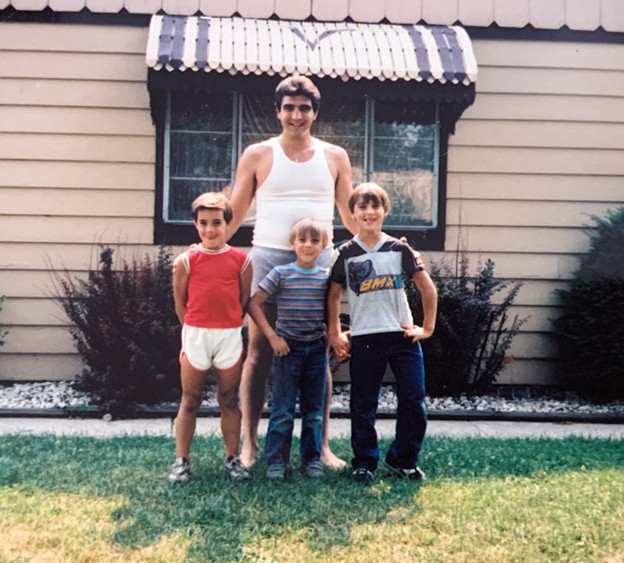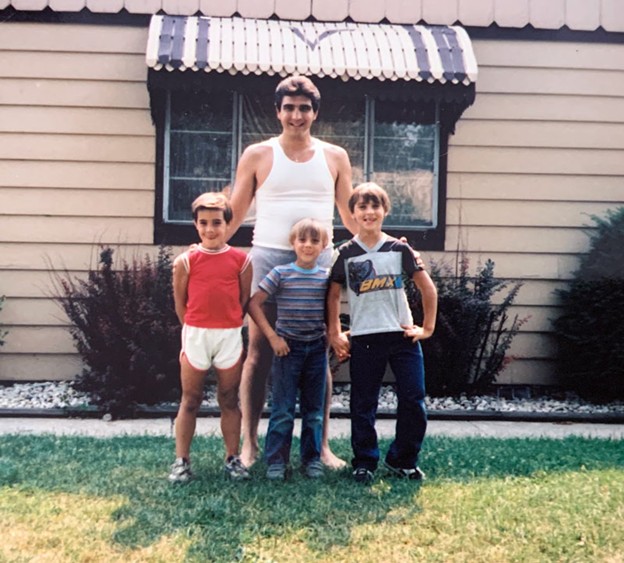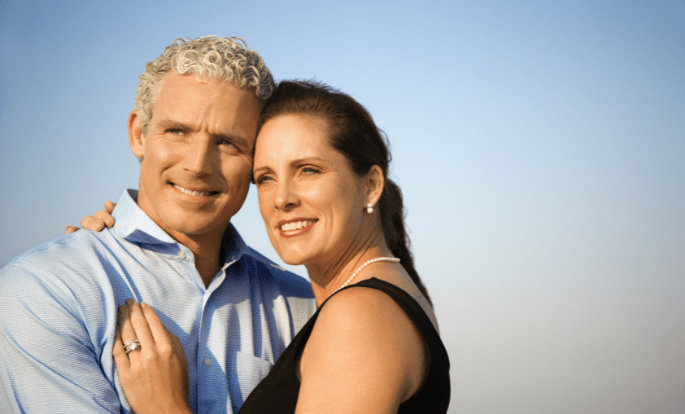
In a world where war seems to be a recurring reality, a new kind of warrior spirit is beginning to emerge. In my book The Warrior’s Journey Home: Healing Men, Healing the Planet, I quoted Chögyam Trungpa a Tibetan Buddhist master and scholar.
“Warriorship here,” said Trungpa, “does not refer to making war on others. Aggression is the source of our problems, not the solution.” He goes on to say, “Here the word ‘warrior’ is taken from the Tibetan pawo which literally means ‘one who is brave.’ Warriorship in this context is the tradition of human bravery, or the tradition of fearlessness. Warriorship is not being afraid of who you are.”
I first heard the words “compassionate” and “warrior” combined when I read the book Warrior Compassion: Unleashing the Healing Power of Men by Sean Harvey.
“When we combine the concepts of warrior and compassion, an energetic shift happens,” says Harvey. He goes on to say, “Compassion is most easily defined as the feeling or emotion when a person is moved by suffering or distress of another, and by the desire to relieve the suffering. Taking a step further, to be compassionate to others, we must begin by learning to become compassionate to ourselves.”
I recently had the pleasure of interviewing Sean for my podcast. You can see the full interview here.
“The warrior archetype represents strength, courage, and the relentless pursuit of justice and honor. It embodies discipline, resilience, and unwavering determination to protect and defend what is most valued.”
In their book, King, Warrior, Magician, Lover: Rediscovering the Archetypes of the Mature Masculine, Jungian analyst Robert Moore and mythologist Douglas Gillette describe both the mature as well as immature aspects of each archetype. Many people today blame Patriarchy, “toxic masculinity,” or sometimes men themselves. But Moore and Gillette have a different understanding.
“Patriarchy, in our view, is an attack on masculinity in its fullness as well as femininity in its fullness,” say Moore and Gillette. “Those caught up in the structures and dynamics of patriarchy seek to dominate not only women but men as well. Patriarchy is based on fear — the boy’s fear, the immature masculine fear — of women, to be sure, but also fear of men. Boys fear women. They also fear real men. Patriarchy expresses what we call Boy Psychology. It is not an expression of mature masculine potentials in their essence.”
From our board rooms to our bedrooms and even in the men we see exercising political power in our government, we can recognize the absence of mature masculinity and the presence of Boy Psychology.
The Boy Psychology Archetypes and Mature Masculinity of the Warrior
For each archetype Moore and Gillette describe two polar opposites. They describe Boy Psychology of the Warrior as The Grandstander Bully and The Coward.
“The boy (or man) under the power of the Bully intends to impress others. His strategies are designed to proclaim his superiority and his right to dominate those around him. He claims center stage as his birthright. If ever his claims to special status are challenged, watch the ensuing rageful displays!”
It is not difficult to see examples of this kind of Boy Psychology.
In describing the archetypal Coward, they say:
“The boy (or man) possessed by The Coward, shows an extreme reluctance to stand up for himself in physical confrontations. He will usually run away from a fight, excusing himself by claiming that it is more ‘manly’ to walk away. He will easily acquiesce pressure from others and unable to feel heroic he will cave in.”
Moore and Gillete recognize the destructiveness of Boy Psychology and also the discomfort that many have in embracing the mature warrior archetype.
“We live in a time when people are generally uncomfortable with the Warrior form of masculine energy — and for some good reasons. Women especially are uncomfortable with it, because they have often been the most direct victims of it in its immature shadow form. Around the planet, warfare is our century has reached such monstrous and pervasive proportions that aggressive energy itself is looked upon with deep suspicion and fear.”
Yet, we need not fear the energy of the mature warrior. In his book, Warrior Compassion, Sean Harvey says,
“When we bring the warrior spirit to compassion, it becomes a courageous and loving energy that brings healing to the suffering in the world. I define warrior compassion as:
“The fierce healing power within that liberates you to courageously walk from a place of deeper consciousness, compassion, and connection in the world while expanding creativity, authenticity, intimacy, and a sense of community in the ways we live and carry out our mission.”
In describing the work Sean engages with in proving leadership and training he says,
“We address isolation, dismantle hate, bridge polarization, and humanize hyper-masculine systems, organizations, and communities. We build bridges that transform the world.”
What makes Sean’s work so powerful and effective is that he works both with individual men and with groups and organizations to create deep systemic change.
“Hyper-masculine systems often perpetuate cultures of fear, control, and exclusion,” Sean says, “but they can be reimagined as spaces of collaboration, inclusion, and shared humanity. At the Warrior Compassion Institute, we work with organizations in sectors such as military, law enforcement, government, and corporate environments to transform their cultures from the inside out. Our programs emphasize trauma-informed psychological safety, redefined power dynamics, and compassionate leadership to foster systems where everyone can thrive.”
In a world where many countries are led by authoritarian male leaders and many are influenced by their false promises, we need a new kind of mature masculine strength and power that Sean Harvey is helping to bring about. In her prescient and important book, Strongmen: Mussolini to the Present, historian Ruth Ben-Ghiat says,
“Ours is an age of authoritarian rulers: self-proclaimed saviors of the nation who evade accountability while robbing their people of truth, treasure, and the protections of democracy. They use masculinity as a symbol of strength and a political weapon. Taking what you want, and getting away with it, becomes proof of male authority. They use propaganda, corruption, and violence to stay in power.”
Sean Harvey offers a different vision for our future. You can learn more about Sean and his work by visiting his website: https://www.warriorcompassion.com/
You can watch the interview I did with Sean here.
If you would like to read other articles about men’s mental, emotional, and relational health, come visit me at https://menalive.com/.
The post The Compassionate Warrior: The Power of Mature Masculine Psychology appeared first on MenAlive.





 and a leader in the development of other modern reproductive healthcare solutions announced today the promotion of Dr. Darlene R. Walley as the Chief Executive Officer of NEXT. Dr. Walley has already had incredible success in securing a clear pathway for Plan A with the FDA and it made sense for her to lead the entire organization to get our portfolio of products to market,”
and a leader in the development of other modern reproductive healthcare solutions announced today the promotion of Dr. Darlene R. Walley as the Chief Executive Officer of NEXT. Dr. Walley has already had incredible success in securing a clear pathway for Plan A with the FDA and it made sense for her to lead the entire organization to get our portfolio of products to market,” 












